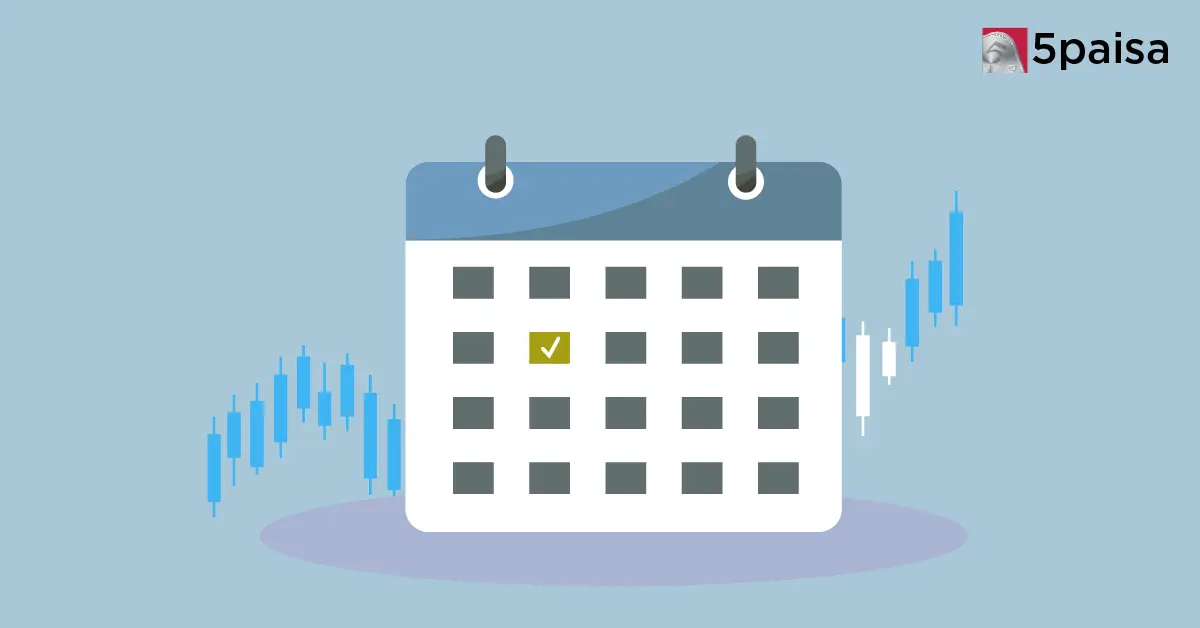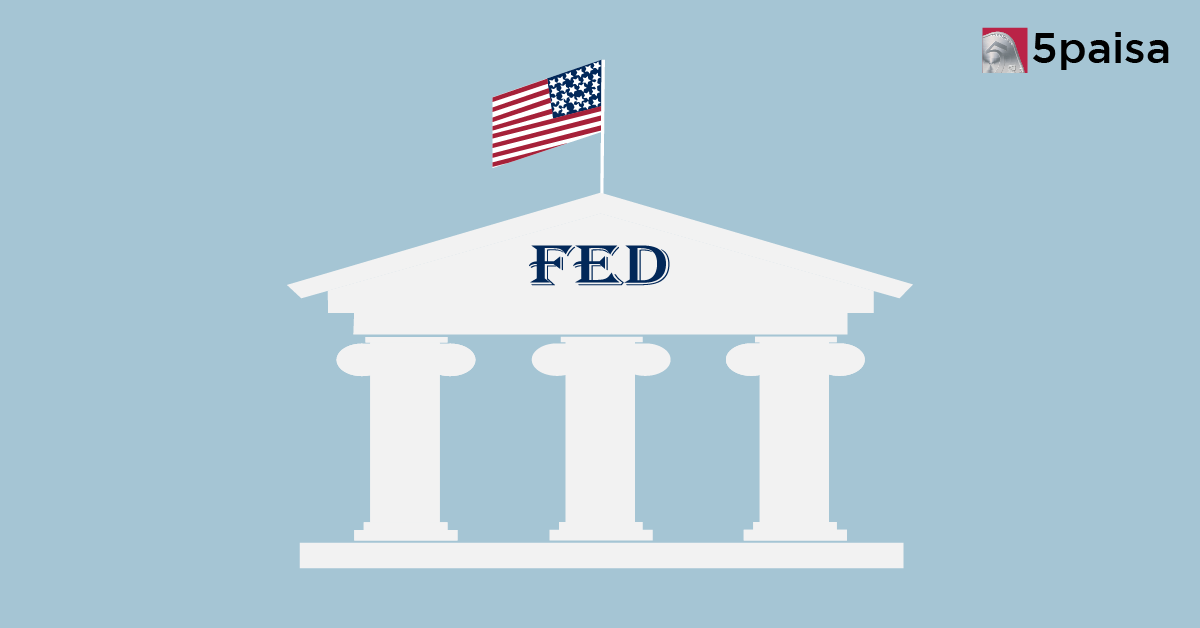Fed Cuts Benchmark Rate by 25 bps as Policy Easing Continues
Fed Flags Inflation, Employment, and Stability Risks at May Meeting
Last Updated: 29th May 2025 - 12:55 pm

At its May 6–7 meeting, the Federal Reserve made one thing clear: it’s worried. The central bank flagged three significant issues still looming over the U.S. economy: persistent inflation, a weakening job market, and increasing financial uncertainty. According to newly released minutes from the meeting, Fed officials are closely monitoring global tensions, volatile trade policies, and jittery investors, all of which are clouding the economic outlook.
No Rate Hike, for Now
For now, the Fed is hitting the pause button. Policymakers unanimously agreed to keep interest rates steady at 4.25%–4.5%. Why? Because while things aren’t improving enough to justify a rate cut, they’re also not bad enough to warrant another hike. The Fed pointed to President Trump’s recent tariffs as a big wildcard. These new trade measures have thrown a wrench into forecasts, making it more challenging to predict whether inflation will rise, fall, or fluctuate in both directions.
As the minutes put it, the smart move right now is to “maintain the current target range while closely monitoring incoming data.”
Tariffs Are Muddying the Waters
The reintroduction of tariffs on Chinese products, European cars, and certain Mexican goods has economists and business leaders worried. Why? Because tariffs can push prices up by making imports more expensive. Companies often pass those costs on to consumers, fuelling inflation. At the same time, global trade may take a hit, which could slow economic growth.
The Fed summed it up nicely: “Tariffs complicate the monetary policy framework by simultaneously boosting inflation and reducing demand.”
Inflation Still Too Hot
Inflation has cooled a bit from last year’s highs, but it’s still running too hot for the Fed’s liking. April’s Consumer Price Index showed prices up 3.1% compared to last year, with energy and food leading the charge. Even core inflation, excluding food and energy, was at 2.9%. That’s still well above the Fed’s 2% target.
The takeaway? Many officials still see inflation risks leaning to the upside. Persistent price hikes in services such as housing and healthcare are particularly concerning.
Job Market Shows Signs of Strain
The labour market isn’t collapsing, but it is showing some wear and tear. Unemployment rose to 4.1% in April, the highest level since 2022. Job openings have been shrinking for months, and wage growth is slowing.
Some Fed members warned that keeping rates high for too long could start doing real damage to jobs. Others said that a slight rise in unemployment might be necessary to tame inflation finally.
Markets Feeling the Pressure
The Fed’s not just watching inflation and employment; it’s also tracking how financial markets are reacting. Some officials are concerned that confidence in the U.S. dollar may be waning. Tariff news and mixed economic signals have caused both bond prices and stock prices to fluctuate more than usual.
Another red flag? The yield curve. It’s either flat or inverted across key timeframes, something often seen as a warning sign for a recession. Some at the Fed worry this means investors are losing faith in the central bank’s ability to guide the economy to a “soft landing.”
Tension With the White House
President Trump has been vocal in calling for rate cuts, claiming on social media that “there is NO inflation” and arguing that high interest rates are hurting workers. He’s also brushed off concerns about tariffs, saying they’re needed to protect American industries.
Fed Chair Jerome Powell responded by defending the central bank’s independence. After the meeting, he reminded the public that the Fed bases decisions on data, not political pressure: “We are not on a preset course.”
What’s Next? Wait and Watch
Looking ahead, the Fed seems content to sit tight, at least for now. Unless inflation drops more clearly or the job market takes a sharper turn, don’t expect any significant moves at the June meeting.
Markets are currently pricing in a 35% chance of a rate cut by September, according to the CME Group’s FedWatch Tool. But that number could swing quickly depending on what the next few months bring.
As the Fed minutes put it, policymakers “would need greater clarity on the inflation trajectory, labour market conditions, and the effects of recent trade policy changes” before changing course.
Why It Matters Beyond the U.S.
The Fed’s decisions echo around the world. High U.S. interest rates can boost the dollar, making it more challenging for countries with dollar-denominated debt to meet their payments. Some emerging markets are already feeling the pinch, with their currencies weakening and central banks stepping in to stabilise things.
On top of that, the uncertainty around U.S. policy and its growing entanglement with trade politics are starting to spook global investors and dent confidence.
Market Reaction: Cautious and Uncertain
Investors weren’t thrilled with what they read in the Fed minutes. The S&P 500 dipped 0.6% on Wednesday, and yields on 10-year Treasury notes edged up to 4.42%. The dollar remained steady, still near a recent high.
Analysts are split on what comes next. Megan Greene, Global Chief Economist at Kroll, put it bluntly: “The Fed is effectively paralysed by uncertainty. They are trying to square a circle, balancing inflation, employment, and stability amid unprecedented trade policy shifts.”
Final Takeaway
In short, the Fed is walking a tightrope. Inflation is still too high, the job market is softening, and trade tensions are clouding the economic outlook. For now, they’re choosing to wait, watch, and react to the data.
Whether that’s enough or whether they’ll be forced into action remains a big question for markets, policymakers, and everyone watching the U.S. economy.
- Flat ₹20 Brokerage
- Next-gen Trading
- Advanced Charting
- Actionable Ideas
Trending on 5paisa
01
 5paisa Capital Ltd
5paisa Capital Ltd
Global Market Related Articles
Disclaimer: Investment in securities market are subject to market risks, read all the related documents carefully before investing. For detailed disclaimer please Click here.




